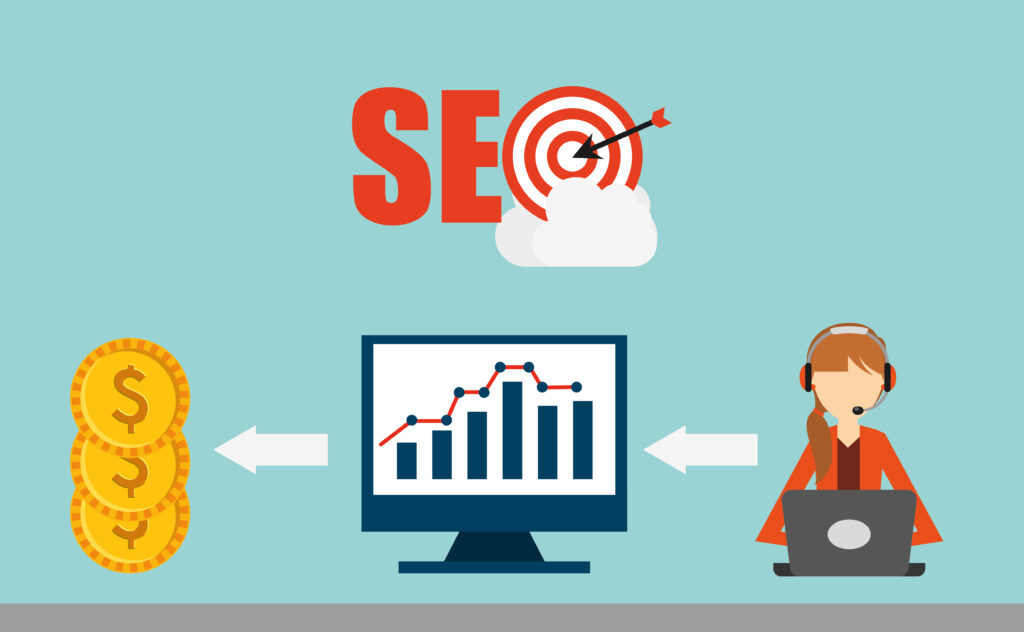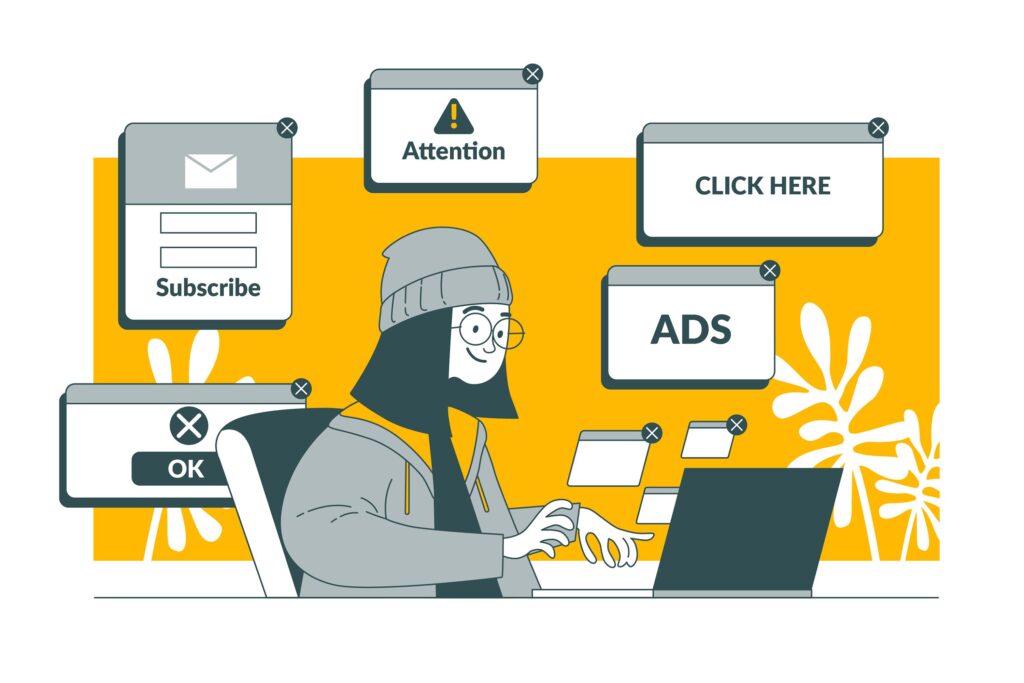Search Engine Optimization vs Paid Ads: Finding the Right Balance


Every online business struggles to gain attention and visibility. But the task is not as easy as we think. When someone searches for a product or service, plenty of websites pop up, as hundreds of companies are competing for a single product or service. Any business can appear in front of their target audience, but the real challenge is making it appear in the right way.
SEO, aka search engine optimization, and paid ads are equally important digital marketing strategies that help websites and companies to attract visitors, gain attention, generate leads, and increase conversions. SEO uses strategies like publishing high-quality content and earning trust from the audience and builds online visibility over time. On the other hand, paid ads give quick visibility and immediate results through controlled targeting.
Both SEO and paid ads are inevitable for an online business. By understanding when to use each and how to combine them, businesses can gain consistent growth.

SEO (Search Engine Optimization) helps businesses and their websites rank higher on search engines like Google and Bing. It uses multiple strategies to make these improvements happen. When a user searches for a keyword related to your business, SEO makes sure that your website appears in one of the top results.
It’s very important to understand your target audience and what they are interested in. SEO should be aware of the keywords that their users are most likely to search for. This includes creating and publishing high-quality content around those keywords or topics, improving technical aspects of the website such as performance, loading speed, etc. Also, SEO includes backlinking from other websites to earn credibility.
SEO uses different methodologies to value your website. It includes complex algorithms to test whether your website is eligible to appear in the search results. They scan it, evaluate your content, and compare it with other websites in the same niche. The performance entirely depends on how relevant, fast, and user-friendly your site is.
You cannot expect quick results through SEO. It is a gradual process that builds impact over time. Once it ranks well, you can enjoy a steady and consistent flow of visitors.
SEO is indeed one of the best online marketing strategies. It doesn’t affect your website even if you reduce active marketing once your site ranks and appears on the top. Users tend to trust organic search results more than sponsored ads. This will ultimately increase brand credibility. SEO might be slow, but it is the most cost-effective, reliable, and consistent marketing strategy compared to paid ads.
As mentioned above, time is the main disadvantage of SEO. In competitive industries, it might consume a lot of time (sometimes months) to see noticeable changes and results.
Because search algorithms keep changing, you need to keep improving and updating your website to maintain good results. However, businesses that invest in SEO often build stronger and lasting online visibility.

Paid ads (also known as pay-per-click, or PPC) are advertisements that businesses use to get immediate visibility and results. As the name suggests, you have to pay each time when a user clicks your ad. Paid ads usually appear at the top or along the side of search results, above the organic listings.
Paid ads are typically used for business promotions. These ads are displayed on the top of search results with the goal of getting quick results and instant action. First, you need to choose a few keywords (that match your business), set a budget (the higher the bid, the more results you get), and write an ad copy (high quality). When your ad appears and visitors click on it, you pay.
Paid ads are effective when you need to promote limited-time offers. As the campaign goes live, you get traffic to your website.
Paid ads provide immediate visibility. They allow you to target specific audiences based on location, interests, or search behavior. You can control your budget, adjust your message, and measure results in real time. This makes them powerful for quick campaigns, product launches, or events that require immediate attention.
Unlike SEO, paid ads require money to display an advertisement. Therefore, the biggest challenge is the cost. Paying continuously to maintain visibility can be a drawback. Also, highly competitive keywords may affect your campaign. Take keyword volume, competition, and search intent into consideration while choosing keywords. Test and optimize your campaigns continuously to keep them effective because poorly created campaigns may drain your budget.
Both SEO and paid ads work to increase visibility and traffic; however, they function differently. SEO uses strategies such as content posting and publication with the intention of building long-term credibility and trust.
Paid ads, in contrast, focus on quick exposure and immediate results.
For better clarity, imagine doing SEO as planting a tree or garden. You have to give a lot of effort and hard work to prepare for it. You might have to wait until it grows and produces results. But once it is over, you can enjoy the results for a very long time. SEO is just like that; it might take time, but the result will be permanent.
Paid ads will gain maximum and instant attention, but they disappear the moment you stop paying.
A smart digital marketing strategy can blend both together, as SEO strengthens your foundation, while paid ads give you the flexibility to drive short-term visibility and growth, especially when you need it.
For businesses that want authority and organic visitors, search engine optimization is the best. SEO can give your website long-lasting results without any extra cost. For instance, a software development company can use SEO to share technical and informative articles, case studies on different topics, and tutorials that establish expertise and trust. All these strategies can attract clients over time.
Paid ads are perfect when you need instant results and responses. You can get maximum leads and conversions from a single paid ad if your campaign is perfectly designed and organized. Most businesses use paid ads when they launch a product, do promotions, or test new offers.
In most cases, combining both gives the best outcome. You can use them according to situations. For example, use paid ads to bring traffic immediately and rely on SEO to build your organic presence.
As the first step, define your goal by understanding what you want to achieve. Then set a timeline and budget. If you are focusing on maximum sales for a particular period, prioritize paid ads. Or if you want to build long-term authority and credibility, invest in SEO.
Use the data from paid ads to learn which keywords convert well, then use those insights to guide your content strategy. Over time, as your SEO strengthens, you can reduce your ad spending or shift it to new opportunities.
One of the major mistakes is that people often expect quick results from SEO. It takes consistent effort, quality content, and, moreover, patience.
When it comes to paid ads, many run paid ads without tracking conversions or understanding their target audience. You have to continuously monitor results and take further steps according to that.
SEO and paid ads are not separate entities. They should work together. Ad data can reveal valuable keywords for SEO, while SEO can lower your ad costs by improving website quality and relevance.
Always focus on quality content rather than relying on expensive keywords and over-optimizing for search engines. Content has the potential to help your audience by providing answers to their questions and solving their problems.
SEO and paid ads are the two sides of the same coin in digital marketing. SEO uses content strategy to build trust and organic traffic over time, while paid ads help you gain maximum traffic within a short time.
The best result always lies in the balance and how well you use both strategies together. Use SEO to increase credibility and attract permanent visitors to your website. Use paid ads to create awareness about your business and get instant leads. When both work together, your marketing becomes more predictable, more stable, and far more effective.
1. Can I depend on SEO alone?
Yes, but SEO is more time-consuming. You cannot expect results overnight. If you have patience and the mindset to work, SEO can earn you consistent and long-term growth.
2. Are paid ads better than SEO?
We can’t say which one is better. Both strategies are used for different purposes. For example, paid ads deliver faster results, but SEO provides lasting benefits. The choice depends on your goals and resources.
3. How long does SEO take to show results?
It approximately takes three to six months. The results and their efficiency depend on the content quality and competition.
4. How should I divide my budget between SEO and paid ads?
Start by using both SEO and paid ads together. Once you are able to build stability through SEO and quick visibility through paid ads, you can eventually shift to SEO completely ( as organic traffic grows)